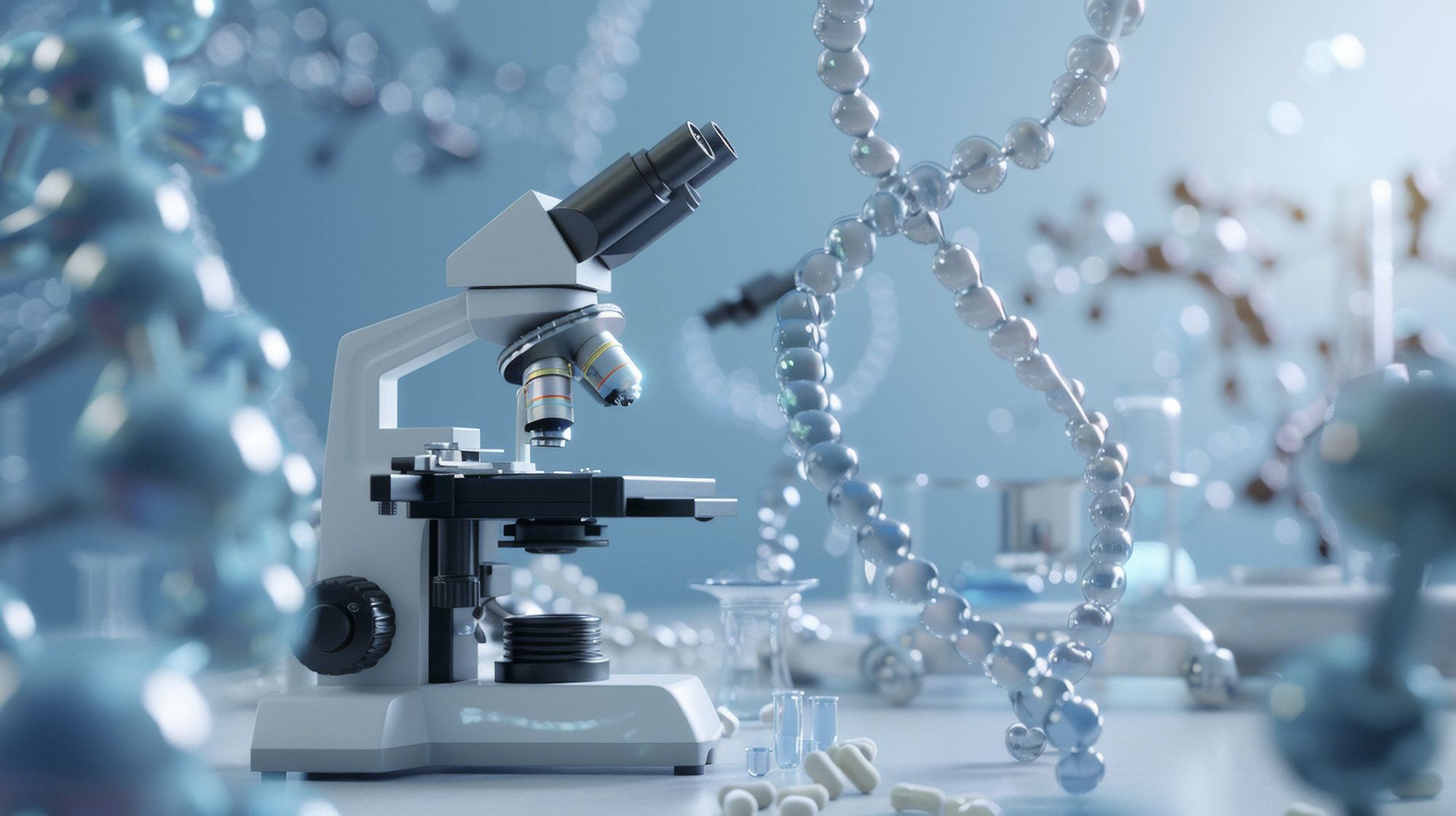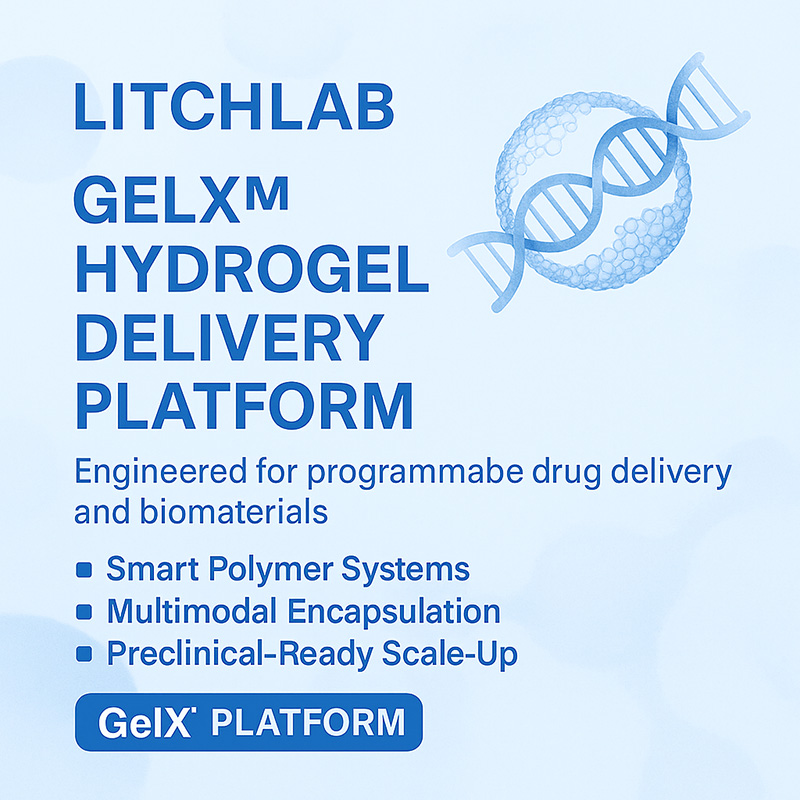
Litchlab, a global CDMO innovator in advanced drug delivery systems, announces a strategic expansion of its hydrogel-based delivery and biomaterials platform. Engineered for multi-modal encapsulation and intelligent release of proteins, nucleic acids, cytokines, immune agonists, and small molecules, Litchlab’s hydrogel systems provide injectable, moldable, biodegradable formulations with tunable biological properties. Designed for applications including controlled release, tissue regeneration, cell encapsulation, post-operative adhesion prevention, and localized immunotherapy, the hydrogel platform bridges drug delivery, biomaterials science, and regenerative medicine into a single modular solution.

Hydrogels are undergoing a rapid transformation from passive scaffolding materials to programmable biofunctional systems. Fueled by the rise of mRNA therapeutics, biologics, and cell therapies, demand is surging for delivery matrices that offer:
Multi-stimuli responsiveness (e.g., pH, redox, enzyme, temperature, light);
Biodegradability & tunable mechanics for injectable and conformable implants;
Bioactivity integration (e.g., angiogenesis, immune modulation, regenerative cues);
Formulation compatibility with nanoparticles, liposomes, exosomes, and polymer systems.
According to Frost & Sullivan, the CAGR of hydrogel-based drug delivery and biomedical applications will exceed 10.5% from 2024 to 2030, reflecting the industry’s need for smarter, more translational, and GMP-compatible hydrogel systems.
Litchlab’s hydrogel platform—built on years of cross-domain expertise in formulation engineering, responsive material design, and clinical-grade manufacturing—delivers three core technology layers:
Natural hydrogels (gelatin, hyaluronic acid, alginate, chitosan): biocompatible, bioresorbable scaffolds for cellular and regenerative applications.
Synthetic smart polymers (PEGDA, Pluronic, PVA): designed for thermal, redox, pH, or enzymatic responsiveness with controlled gelation dynamics.
Multi-modal crosslinking mechanisms: physical self-assembly, covalent bonds, ionic interactions, or dynamic dual-linker systems for in situ gelation and mechanical tuning.
Encapsulation and co-delivery: Hydrogels integrated with LNPs, siRNA, mRNA, peptides, and immune agonists allow controlled, spatially defined release.
Sequential delivery design: multi-compartment hydrogel systems enabling programmed release of payloads (e.g., IL-2 → CpG → siRNA).
Tissue targeting: chemical surface modification with RGD, folate, or peptide ligands for improved adhesion and selectivity.
High-throughput combinatorial screening: rapid optimization of hydrogel compositions for mechanical, biological, and release properties.
GMP-compliant raw material screening and polymer QC;
Process development for preclinical injectable formats and devices;
3D printing-ready hydrogel systems for tissue engineering scaffolds;
Full CMC and IND dossier support, including degradation kinetics, payload encapsulation, release profiles, and stability.
Litchlab’s hydrogel solutions have been co-developed with leading pharma, biotech, and academic groups for:
Localized immune activation (e.g., post-surgical tumor bed delivery of TLR agonists and antigens);
Post-operative anti-adhesion and hemostatic barriers;
Wound healing and tissue regeneration via growth factor-loaded hydrogels;
Bone and neural scaffolds via 3D-printed porous hydrogel matrices;
Multi-drug delivery (e.g., mRNA + siRNA, cytokines + checkpoint inhibitors).
To accelerate innovation and translation, Litchlab has launched its GelX™ Platform, offering:
✅ Custom hydrogel design and formulation
✅ Responsive in vitro degradation and release analytics
✅ Preclinical-ready scale-up and injectable format development
✅ Regulatory document support for IND/IMPD filings
“Hydrogels are no longer inert scaffolds; they are programmable therapeutic engines,” said Dr. Han Li, Director of Biomaterials at Litchlab. “Our GelX™ platform integrates material intelligence, formulation engineering, and regulatory foresight—giving partners a turnkey route from benchtop to bedside.”
To learn more about Litchlab’s hydrogel technologies and CDMO solutions:
📧 Contact: RD2@litchlab.com
Visit: www.litchlab.com